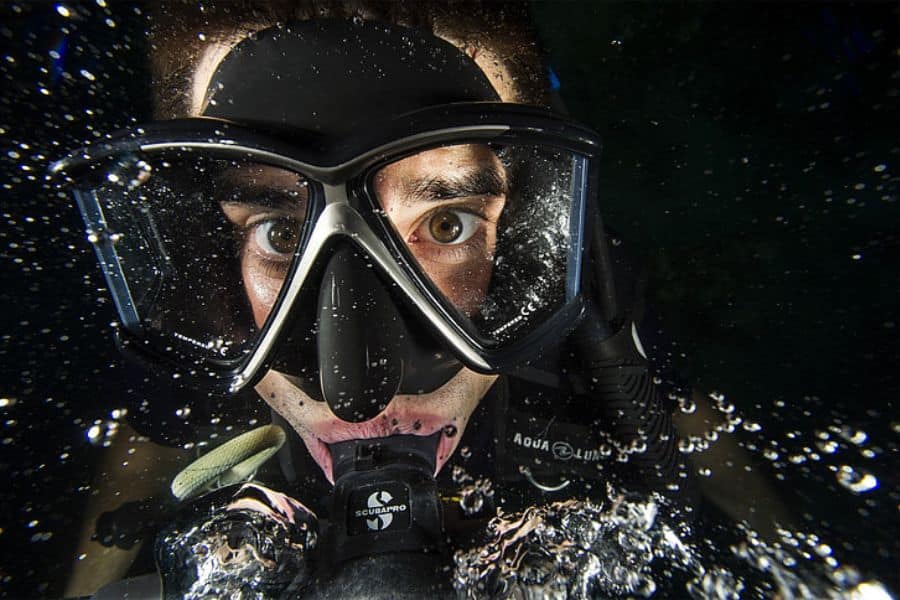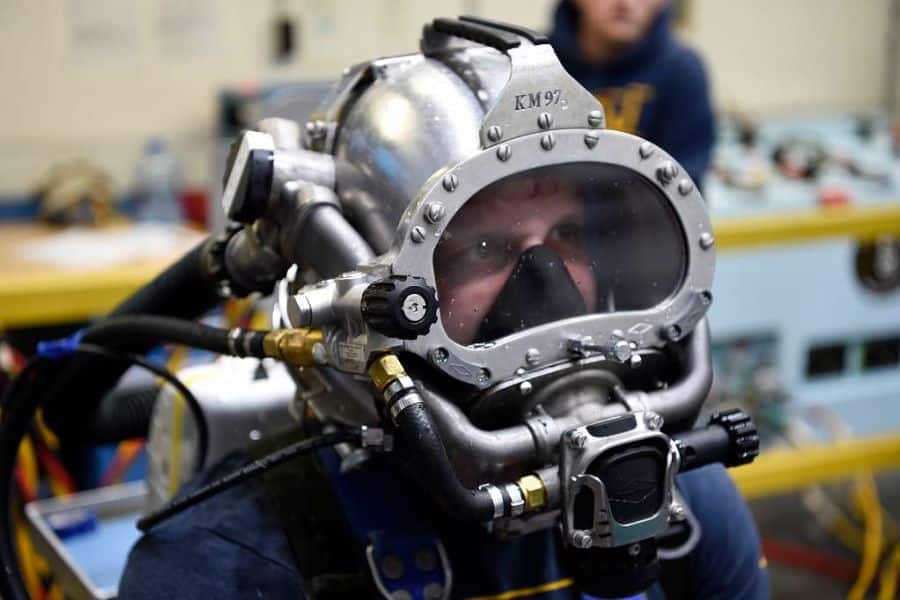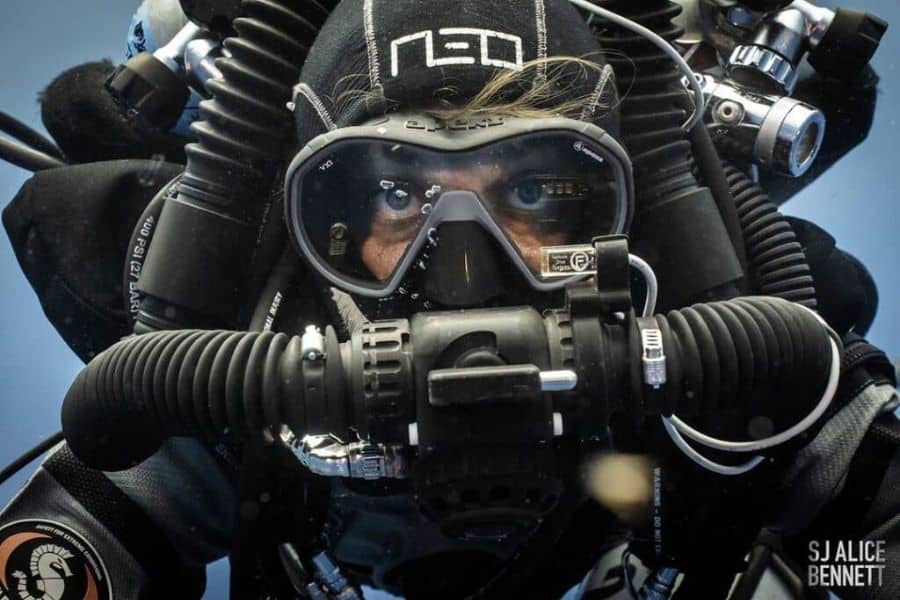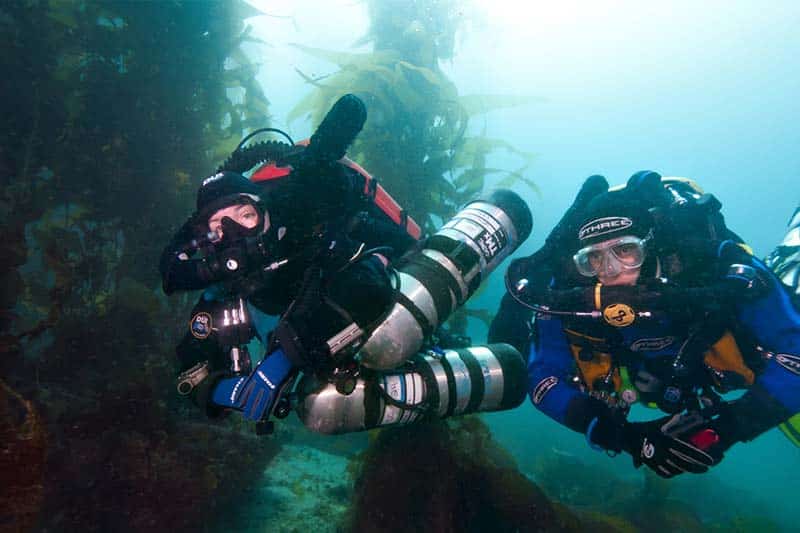1. Artificial Intelligence (AI) and the Internet of Underwater Things (IoUT) Applied to Diving
AI in autonomous diving is constantly evolving. New research and advancements are being made every day, opening up a world of exciting possibilities. AI is here to revolutionize the world, and diving will not be left behind. It already adds extra doses of safety, efficiency, and fun to our dives. Artificial intelligence combined with the Internet of Things are technologies that can assist in various areas of autonomous diving, such as the detection and classification of underwater objects.
Data Analysis in Diving
AI can analyze data collected during dives to identify patterns and trends that might go unnoticed. IoUT is a network of intelligent devices that can exchange data underwater, including drones, sensors, autonomous underwater vehicles (AUVs), and even the divers’ own dive computers. This network can monitor water temperature, currents, pollution levels, and marine life, contributing to our understanding of ocean health. But it also allows for optimizing diver rest times, predicting and preventing risky situations, and improving overall safety.
Thanks to computer vision, the Internet of Things, and machine learning, AI can identify fish, corals, sunken ships… anything! We can foresee that the future will be like having an expert guide by your side, ready to share the secrets of the marine ecosystem with you.
Error-Free Navigation with New Diving Technologies
Afraid of getting lost? With AI scuba diving technology, that will be a thing of the past! Intelligent algorithms analyze compass, sonar, and GPS data to ensure you follow your route precisely, avoiding obstacles and finding your way back without problems.
Informed Decisions in Real-Time
AI becomes your underwater guardian angel, monitoring everything around you. It analyzes depth, temperature, pressure… and alerts you if it detects any changes that could jeopardize your safety. It will give you advice and recommendations to ensure you enjoy a safe and pleasant dive.
What More Can We Expect from AI Applied to Autonomous Diving?
Predicting changes in currents? Knowing marine life behavior in advance? Creating real-time 3D underwater maps?
A Real Example?
In the Chilean salmon industry, divers work 4 hours daily. AI, with pressure sensors and intelligent algorithms, monitors their dives and tells them when to rest, how to ascend, and when to make decompression stops.









